Botanising in ArmeniAI found myself in Armenia and Iran because of a book - a large, and visually beautiful book titled Flora of the Silk Road. Jointly written with photographs by botanists, Christopher and Basak Gardner, it is a fascinating pictorial story with stunning photographs of the landscapes and the plants and flowers growing in their natural habitats throughout the countries which make up the fabled Silk Road. Chris and Basak also organise botanical trips through their company, 'Vira Natura' and a trip to Armenia and Iran was coming up soon. Unable to resist botanical journeys to exotic and far flung places, I knew this would be an opportunity not to be missed, especially after reading about the rich botanical habitats, history and cultures of these countries. My friends, Penny and Jane thought so too, so we all went to discover "Armenia and Iran - Irises and Ancient Art". Armenia is renowned as one of the worlds botanical hotspots, and when we arrived from an early New Zealand winter, it was late spring there - perfect for Irises, Fritillarias and all manner of late spring flowers growing in the wild. 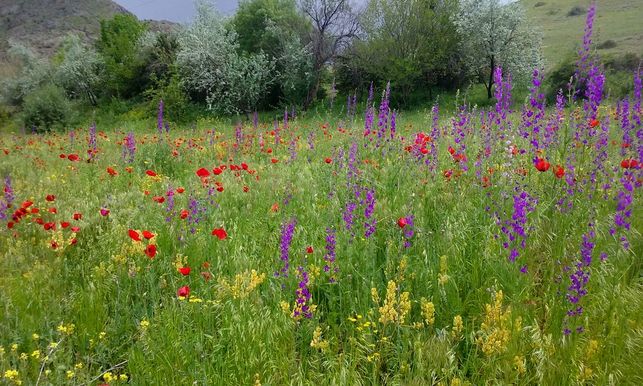 We all cried stop - stop to our driver, as we flashed past this lovely field of wildflowers. There were poppies galore almost as far as the eye could see, but it was the tall spikes of bright blue flowers in this particular field which stopped us in our tracks. Looking like Larkspur or Delphinium it's botanical name is Consolida orientalis. Part of the natural background shrubbery includes the striking silver foliage of Eleagnus angustifolia, known as the Russian Olive. Situated at the southern end of the Caucasus, on a high mountain plateau, this tiny country is overflowing with the grandeur of stunning and diverse mountain landscapes. New Zealand is not the only beautiful country in the world! In Armenia we encounter majestic craggy mountain ranges, and deep wide river valleys all within a country only two thirds the size of Canterbury. Though there are no coastal lowlands or evergreen flora, as in New Zealand, there is a great diversity of plant habitat. Sandwiched between Georgia to the north, and Azerbaijan to the east with the giants Turkey to the west and Iran to the south, Armenia straddles Asian and European plant habitats and this along with the influences of a temperate climate to the north and a Mediterranean climate to the south means it is caught in a rich botanical cross current, unlike New Zealand's farflung islands isolated in the south pacific ocean.
. 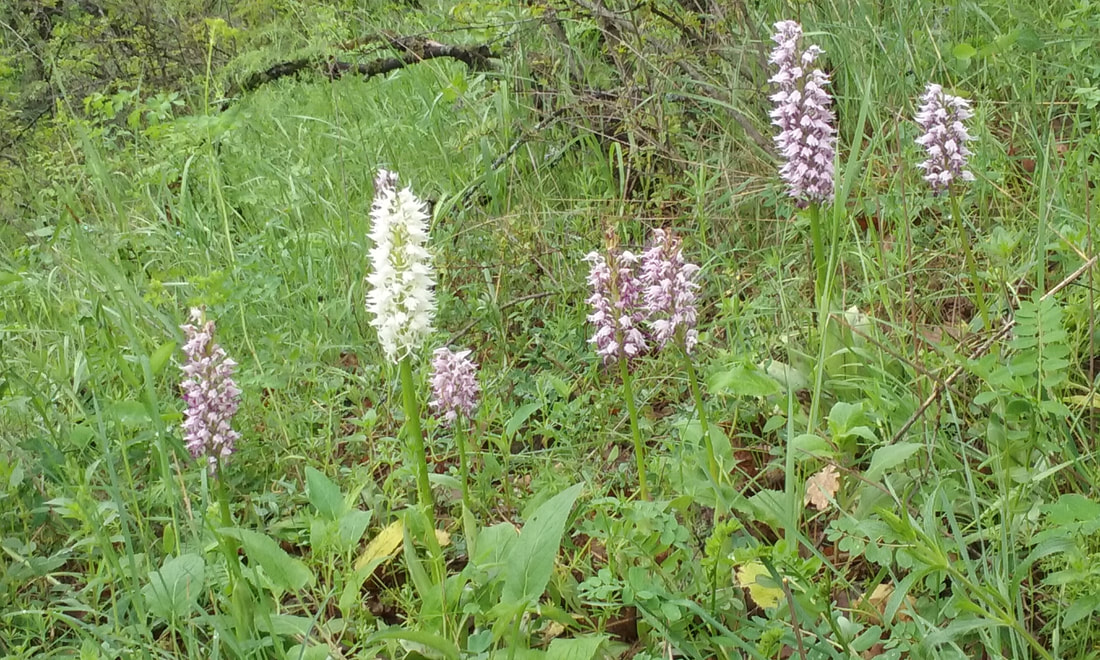 The divine sight of Orchids growing in a field of open woodland, standing up like beautiful candles in a variety of colours amongst the grasses. The paler whites, pinks and mauve varieties were possibly Orchis simia, and the greenish brownish and terracotta tones could be Orchis punculata The divine sight of Orchids growing in a field of open woodland, standing up like beautiful candles in a variety of colours amongst the grasses. The paler whites, pinks and mauve varieties were possibly Orchis simia, and the greenish brownish and terracotta tones could be Orchis punculata
But this was not all. There were different forms of Corydalis, Anenome, Lathyrus, Allium, Primula and much more. And there seemed to be sheets of yellow Primula almost every day. And one day up a rocky cliff we were amazed to see a swathe of Dictamnus albus, a treasured garden plant if you can get it to grow. So to see it growing in such a lush and fulsome way in the wild is a rare treat indeed and so worth the scramble up a rocky bank to find and photograph it. Another day, I was delighted to see Eremurus - only once, and just the pale yellow form, but still exciting to see growing in the wild. 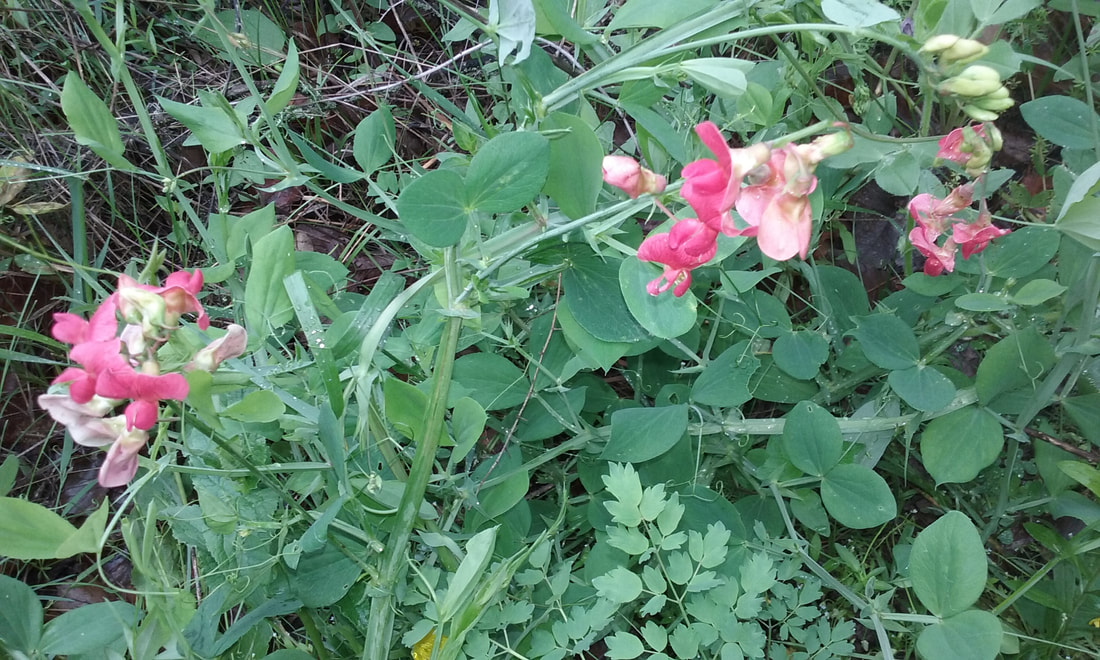 One of the many forms and colours of Lathyrus, scrambling around amongst some of the Orchids pictured above. One of the many forms and colours of Lathyrus, scrambling around amongst some of the Orchids pictured above. There is so much more to be said about Armenia - the mysterious standing stones, the celtic patterns carved into the stone and the age old wooden doors looking as authentic today as they did centuries ago. The natural forests of the south, the apricot orchards, and many more plant and flower species growing in the wild, including tulips - oh the tulips! There will be more, so watch this space.
Such is Armenia today, a small jewel of a land between east and west, north and south full of the wonders of nature and botanical beauty.
14 Comments
|
Details
Archives
July 2023
Categories |
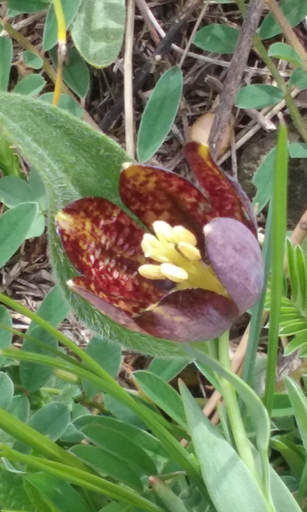
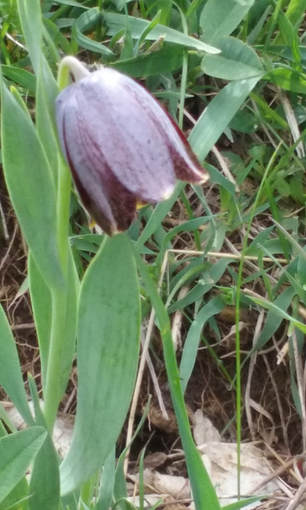
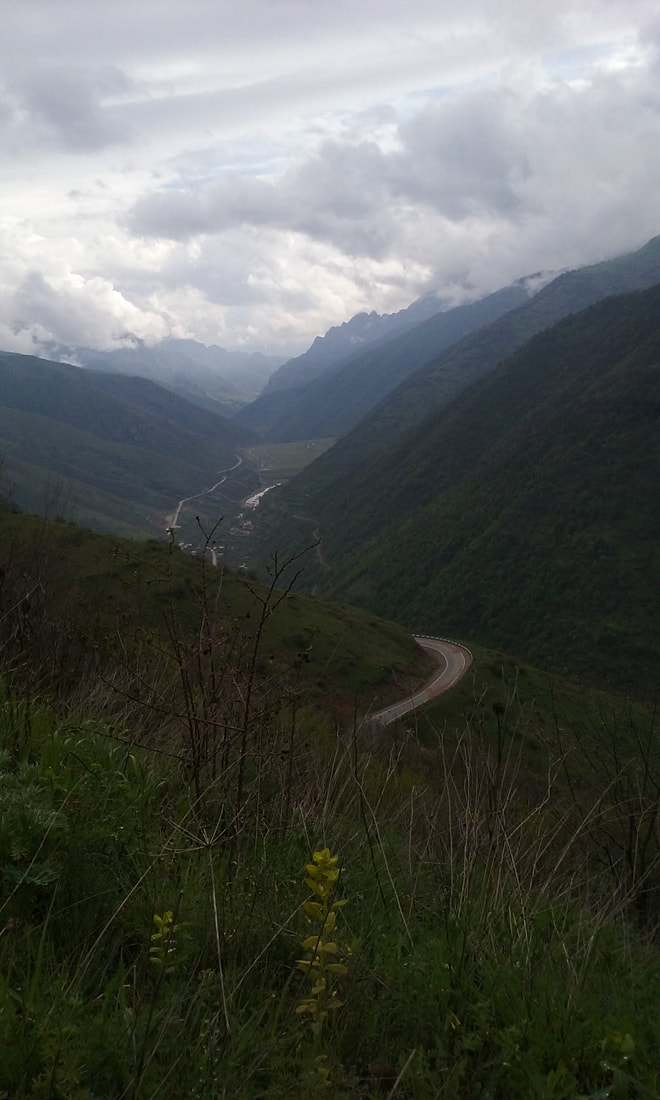
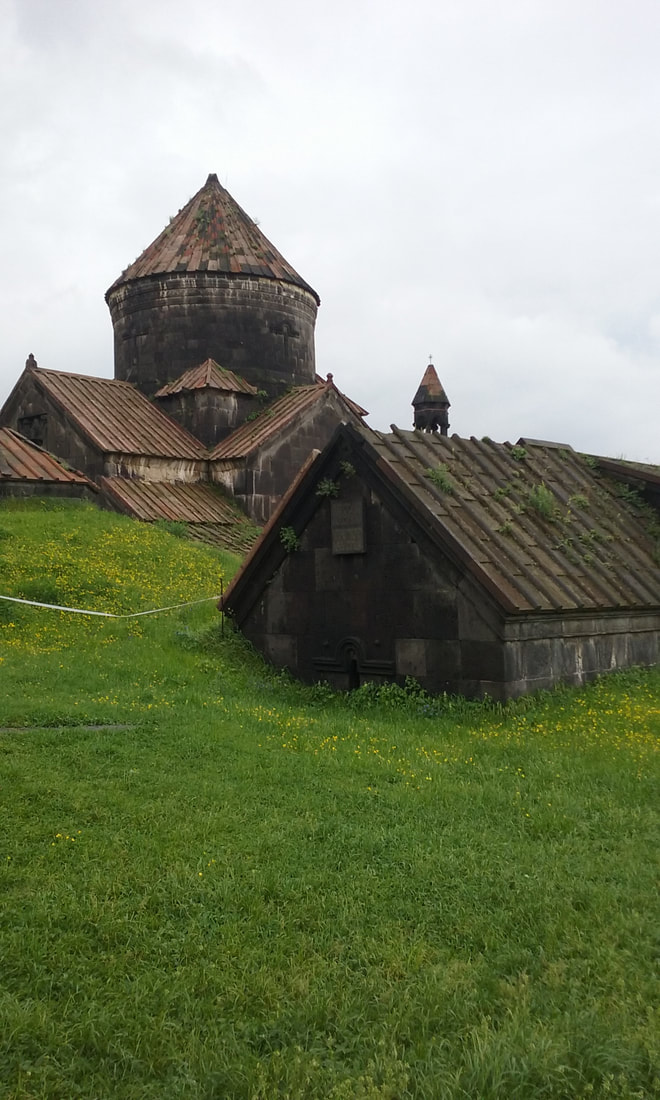
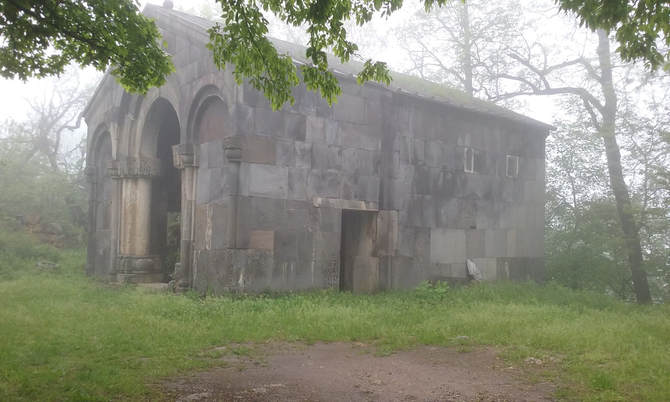
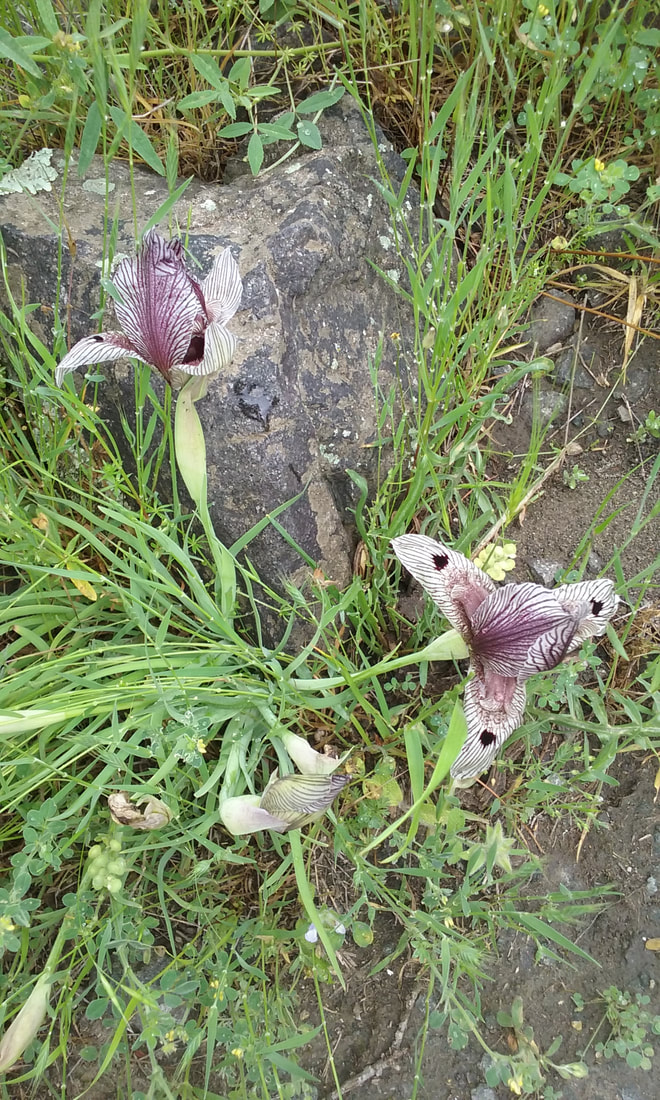
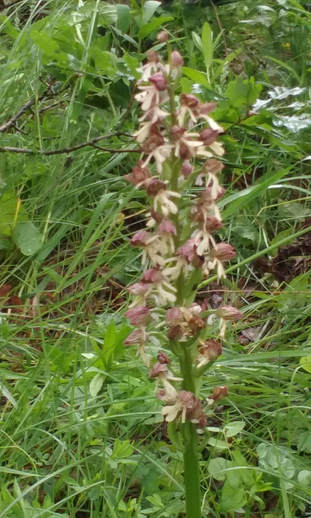
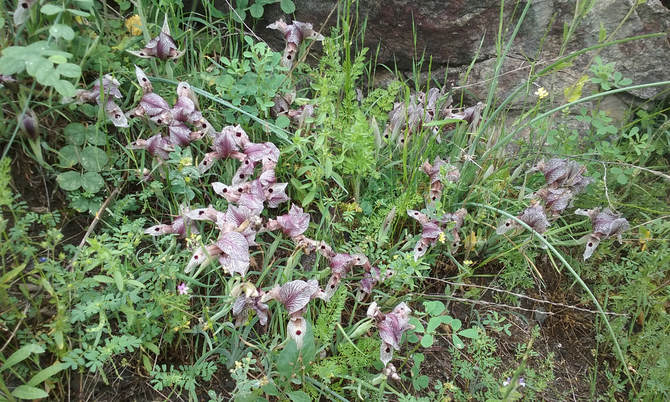
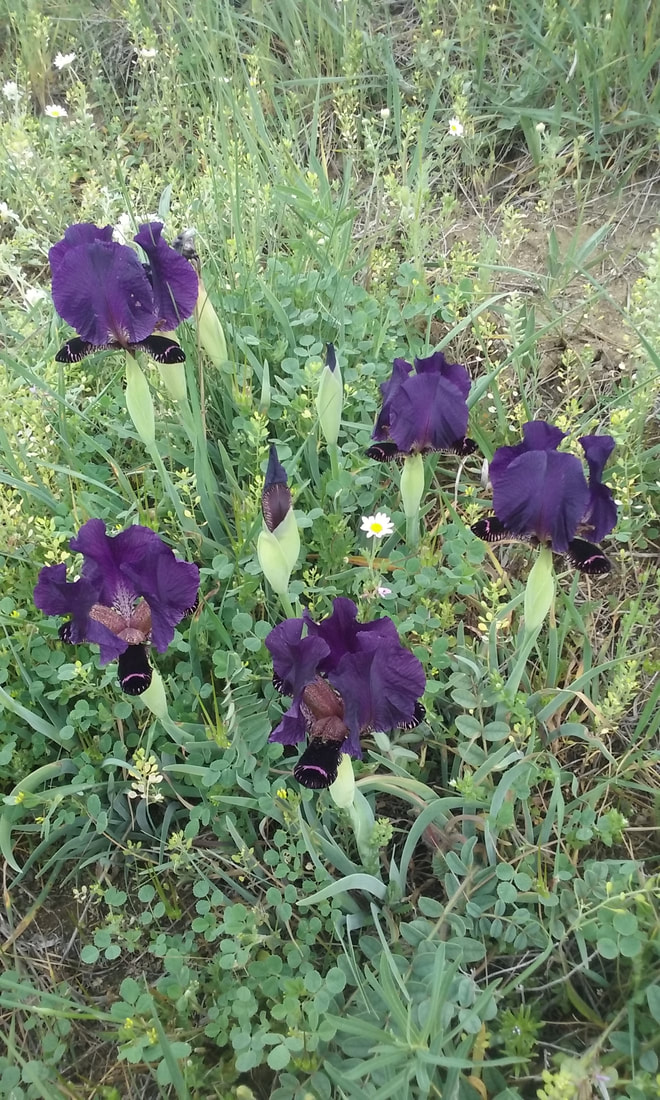
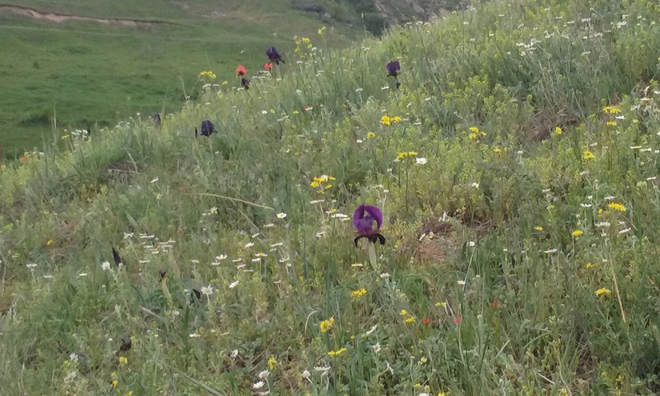
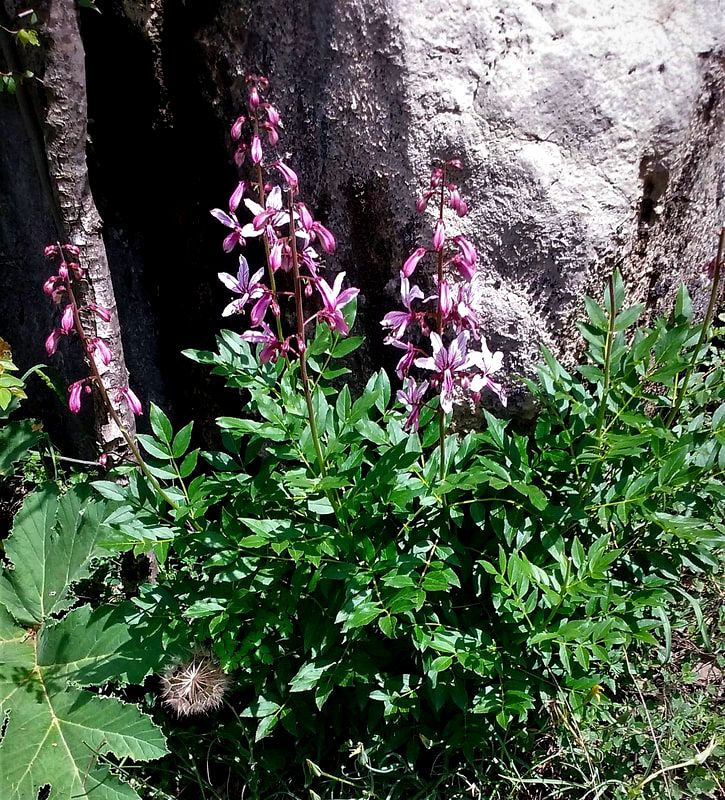
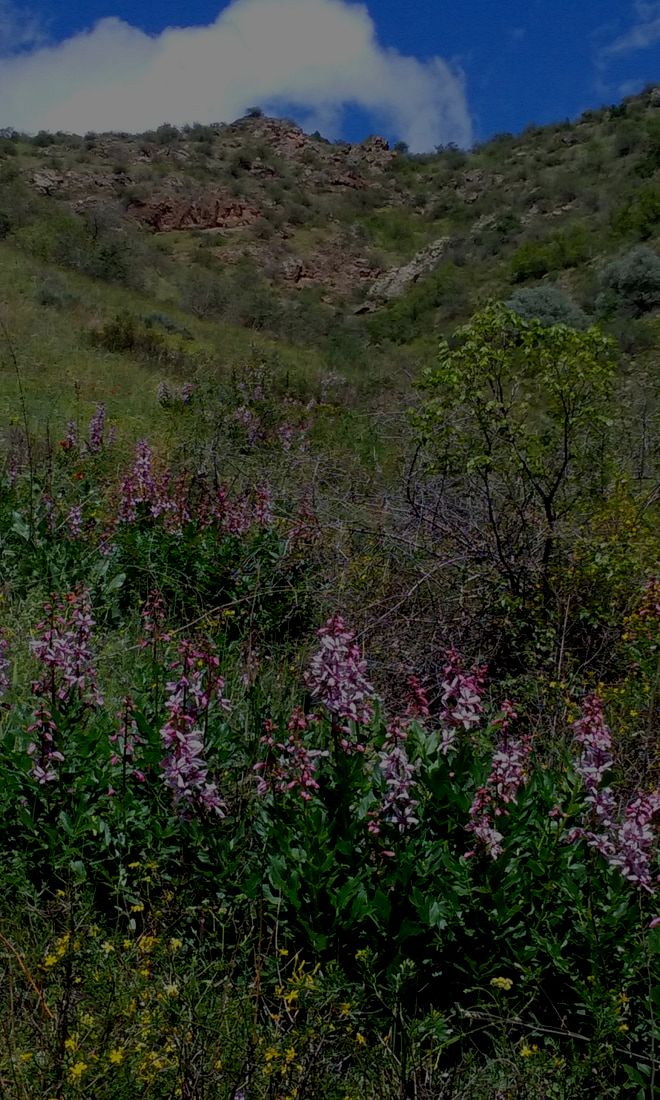
 RSS Feed
RSS Feed
